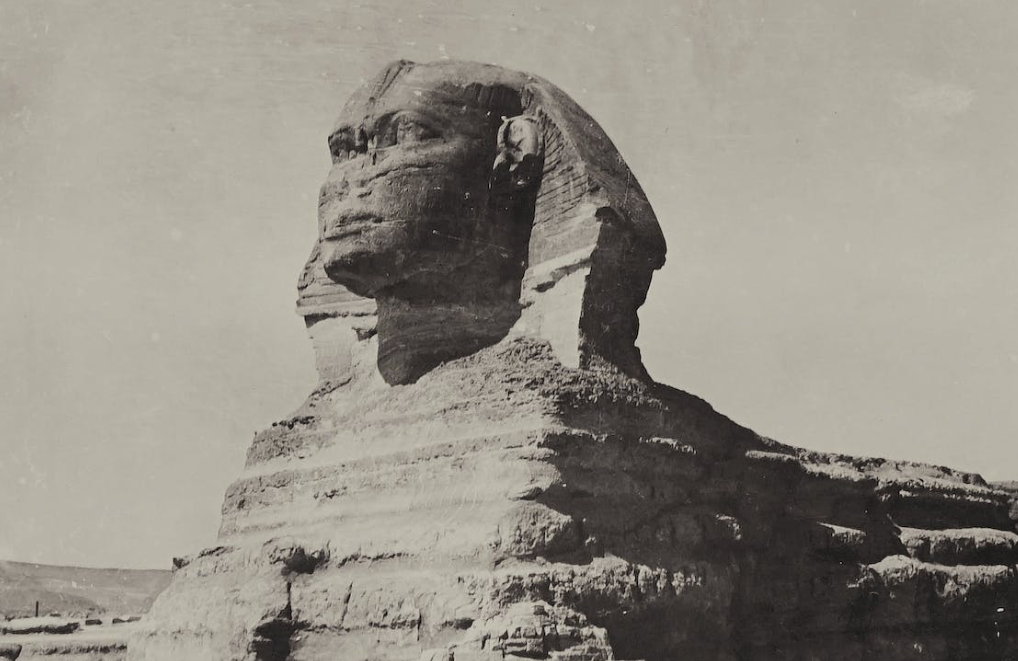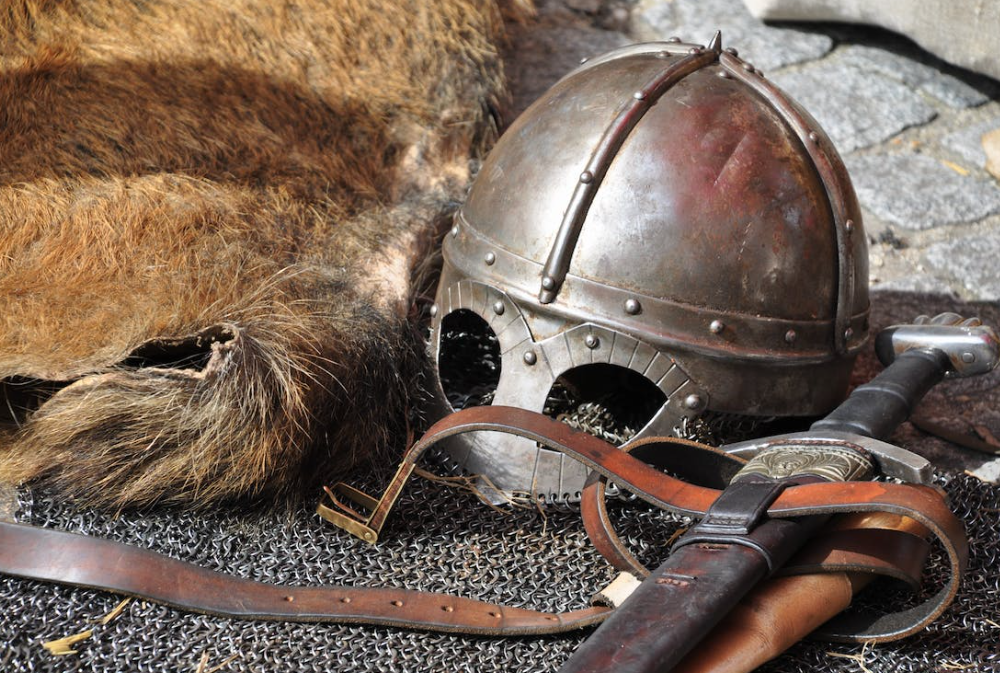History Of Self Improvement
Investigate the various histories of self-improvement.

Selfpause Affirmation App
Download the app to get 1,000’s of affirmation meditations and everything you need to write, record and listen to your own.
Taking a look at the history of self improvement can be a very rewarding experience. You might even find yourself able to learn some new things about yourself, or maybe even find a new way to look at the world!
Ancient Egyptians

During the Predynastic Period, Egypt was known for its achievements in medicine, science, and art. They developed a decimal system and their own alphabet.
As the Egyptian state grew in power and prosperity, the pharaohs provided stable central government. They laid their rulers to rest in deep rock-cut tombs. The tombs contained vast riches. During the fourth dynasty, Egypt enjoyed a golden age of prosperity and peace.
During the third dynasty, the Egyptians began producing literary works. Coffin Texts, Pyramid Texts, and other religious works were written during the period. Some writing was preserved on papyrus, clay, and stone.
A large part of Egyptian culture revolved around religion. They believed that each human being was made up of both physical and spiritual parts. They also believed that the soul of a dead person was still in the body, and could live again. The spirits of ancestors and local gods were worshiped. The Egyptian pantheon may have included supernatural beings and nationally recognized state gods.
Ancient Egyptians also had advanced knowledge of surgery. The heart was thought to be the center of all body fluids. It was believed that blockages in the heart caused disease in different parts of the body.
Ancient Egyptians also believed that the spirit of a dead person was still in the body. They believed that the soul was transported to the afterlife by the akh, or “spirit.” The akh could then travel through the Underworld to reach the Final Judgment.
Egyptians also practiced therapeutics, which extended from plant products to minerals. Ancient Egyptians also had the ability to diagnose cancer and diabetes. They used observation, diagnosis, and magical rituals.
Egyptian doctors were considered the best in the ancient Mediterranean world. They also had a highly professional approach to their practice.
Middle Ages

During the Middle Ages, Europe underwent dramatic social and cultural changes. It was a time of economic expansion and demographic growth. It was also a time of reorganization of cultural and political structures.
The Middle Ages saw great advances in agriculture. Improvements in agricultural techniques made farming more productive, and helped increase the population.
The nobility also developed and gained prominence. This was a result of their control of land, castles, and military service as heavy cavalry. This dominance was built on the basis of immunities, rents, and rights to the income of lands owned by the overlord.
The nobility, however, also exploited the peasants. These peasants often served as servants and were dependent upon the nobility for services.
The Middle Ages also saw a rise in cities. These cities were surrounded by plowed fields and farmers. They made their livelihoods as artisans or merchants.
Many of the medieval peasants lived in small villages. Their houses were made of earthen floors, no ventilation, and little light. The majority of peasants lived in rural areas and were dependent on the nobility for their survival.
The Middle Ages was also a time of war. The Islamic world became larger and more powerful, and it was a time when wars were fought between Europe and the Middle East. The Umayyad Caliphate ruled over the Middle East and North Africa.
Diseases were also a common feature of the Middle Ages. Many of the illnesses were caused by infectious diseases. This limited scientific advancement in Europe. It is estimated that 50 percent of the medieval children died during their first year of life.
In the Middle Ages, women made essential contributions to family life, agriculture, and literature. However, their freedoms differed from country to country. In Asian countries, women were subject to religious rules.
Renaissance

During the Renaissance, individuals worked towards upward mobility in different ways. Their efforts were often rewarded with success. A lyceum movement helped educate people, improving their economic and social status.
The Renaissance era also witnessed the invention of gunpowder and the printing press. These inventions transformed the world. Leonardo da Vinci, an inventor, painter and engineer, was among the great Renaissance idealists.
The Renaissance period marked the transition from barbarism to civilization. It witnessed the invention of paper and gunpowder and the replacement of the Ptolemaic system of astronomy by the Copernican system.
Humanism was an intellectual movement originating in Italy. It was founded by secular men of letters, opposed to the orthodox scholar-clerics of the time. The movement gained prominence during the early sixteenth century. Its protagonists included Giovanni Pico della Mirandola, Lorenzo Valla and Coluccio Salutati.
Renaissance humanists sought to revive writings on ancient Greek and Roman civilizations. They also rediscovered writings on government, science and philosophy. They viewed themselves as a new type of scholar, opposed to Aristotelian pseudo-scholars.
In addition to these scholarly activities, Renaissance humanists also produced a variety of literature on self-hood. These works reflected the dream of self-discovery, and they demonstrated the many-sidedness of the Renaissance man.
Renaissance literature was dominated by the dream of self-discovery and self-improvement. This theme was also evident in portraiture. Men of the noble class were expected to create themselves as works of art. Moreover, the Book of the Courtier, written by Baldassare Castiglione, contained rules for social interaction and noble class behavior.
Despite the fact that the Renaissance is long over, its spirit remains. Whether you’re looking to become financially independent, overcome financial obstacles, or simply rekindle a sense of greatness, you can embrace the Renaissance spirit.
Far-right posts on 4chan
Historically, far-right posts on 4chan have not been limited to the Politically Incorrect board. These posts can be found across other subsections of 4chan, but this board has been a hotbed for racist, xenophobic, and sexist commentary. It has also been the site of a number of violent acts, such as the Christchurch shooting.
The Politically Incorrect board has also been called the “iron pill board” and the “red pill board”. It has also been identified as a far-right recruitment zone. The iron pill posts assert that civilisation is becoming decadent and the only way to survive is to adhere to traditional values. They often include paranoia and conspiracy theories. Moreover, some posts argue that masturbation reduces testosterone.
The iron pill post is a variation of the red pill, and is a variation on the same idea of self-improvement advice. The iron pill post advocates avoiding pornography, masturbation, and conspiracy theories.
Among the most popular far-right posters on 4chan are Gavin McInnes and Alek Minassian. McInnes has been known to freely use racial slurs. He was the founder of the TRS 504um, which drew in a number of posters with extreme ideas. He also introduced them to the idea of the ironic white supremacist.
The iron pill has been associated with the concept of a “Deep State,” and QAnon, a far-right conspiracy theory. The conspiracy theory claims that Trump’s election is stolen from him by a group of “leftist pedophiles.” It has been cited as a key influence on the US election in 2016.
The history of far-right posts on 4chan is not a single revelation. Rather, it represents an emerging subculture of internet memes. These memes are created through a process of hegemonic articulation, through which an oppositional opponent is identified. They are then used to negotiate relationships of superiority. They may also resonate in a current antiliberal nationalist populist climate.
Modern self-improvement books

Despite the proliferation of self-help books, some still stand out as the best of the bunch. Some books are even worth re-reading.
The best self-help books are the ones that make you think and feel. They can change your life for the better. You can also use them as a reminder to be the best version of yourself.
Some of the more impressive titles include: Better Than Before, Daring Greatly, and The 7 Habits of Highly Effective People. Some of the better titles are more obscure. But if you want to be a better version of yourself, the best book to read is the one that is right for you.
The Bible is also a good source of inspiration. It has several passages that are worthy of a closer look. There are also some things you might not like in the Bible. But if you read the Bible with an open mind, you may find some surprises.
The best self-help books are the ones that are the most useful to you. For instance, you should read The 7 Habits of Highly Effective People, but you should also read other books on the topic. Getting to know yourself is not an easy task. The best books can help you uncover your most enlightened and interesting sides.
The best self-improvement books also have the biggest payoff. You will see positive changes in your life after you put into practice the advice contained in the book. If you are not the type of person who likes to read, you can also listen to audiobooks or read the book on your computer. But beware of the big name authors, they are known to be less than sincere in their marketing.
Our Top FAQ's
The concept of self-improvement, or the idea of striving to become a better person, has been present in various forms throughout history. In ancient civilizations, self-improvement was often seen as a way to live a virtuous life and achieve success in both personal and professional endeavors. In more recent times, self-improvement has become a popular topic in the fields of psychology and personal development, with the goal of achieving greater happiness, satisfaction, and fulfillment in life.
Different cultures and societies have approached the idea of self-improvement in various ways. In some societies, self-improvement is seen as an individual responsibility and is pursued through self-reflection, learning, and personal development activities. In other societies, self-improvement is seen as a collective responsibility and is pursued through social and community involvement.
Philosophical and spiritual traditions have had a significant influence on the way we think about self-improvement. For example, some Eastern philosophies, such as Buddhism and Taoism, emphasize the importance of self-improvement as a way to achieve enlightenment and inner peace. In Western traditions, such as Christianity and Stoicism, self-improvement is often seen as a way to live a moral and virtuous life.
There are many techniques and strategies used for self-improvement, including setting goals, practicing mindfulness, engaging in physical exercise and healthy eating habits, seeking out new experiences and learning opportunities, and seeking support from others. The effectiveness of these techniques can vary depending on the individual and the specific goals they are trying to achieve.
The field of psychology has made significant contributions to our understanding of self-improvement by studying the factors that influence personal growth and development. Psychological principles, such as the concept of self-efficacy (the belief in one’s ability to succeed in specific tasks) and self-determination theory (the idea that the motivation to pursue self-improvement comes from within), can be applied in the pursuit of personal growth and development.
